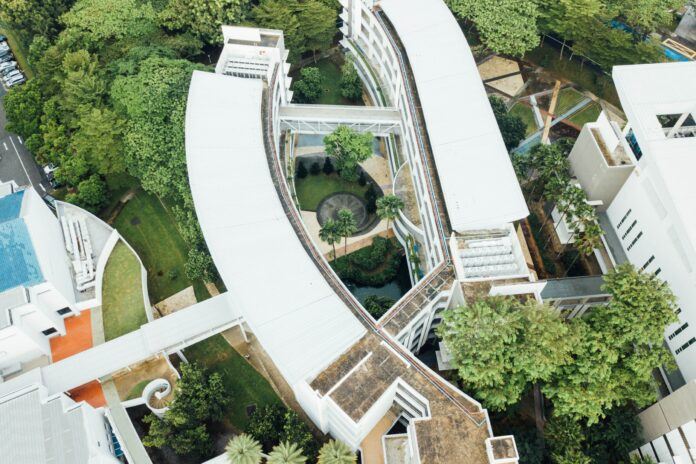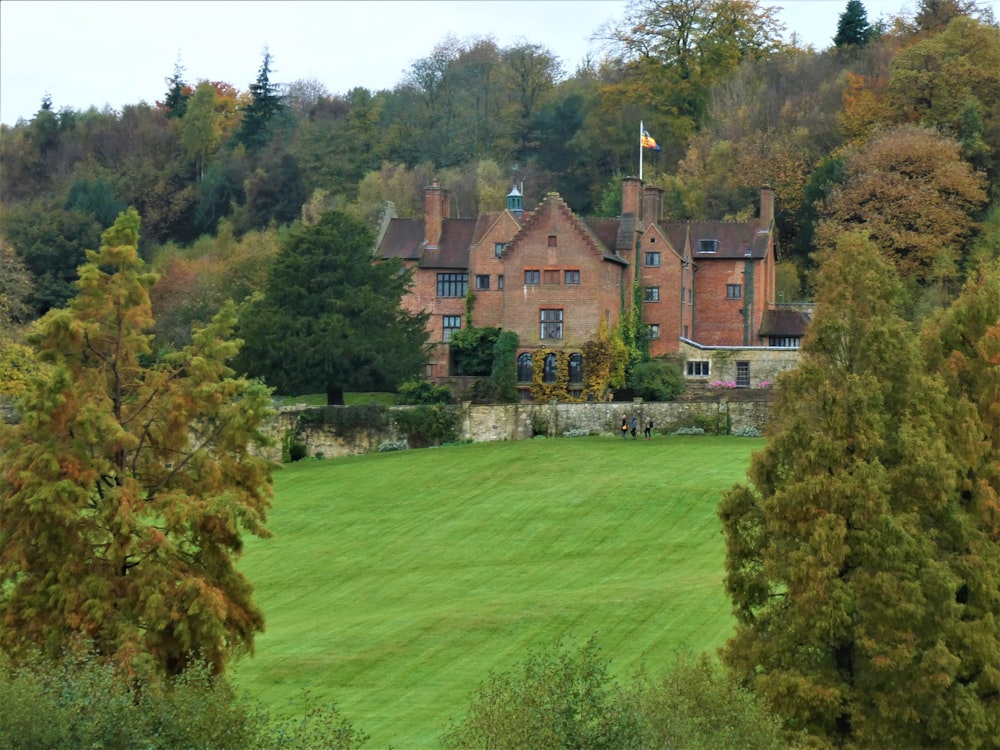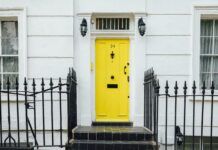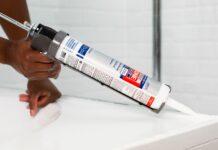As a result of reduced heating and air conditioning expenditures in the winter and summer, flat roofs in cities can be constructed and employed in climate change mitigation and adaptation activities.
Around 40 per cent of the EU’s energy usage and 36 per cent of its greenhouse gas emissions are attributed to buildings. An annual energy efficiency renovation of only 1 per cent of buildings takes place
Green Roofs Have Many Advantages.
The following are the key advantages of green roofs in terms of preventing climate change:
- As a result of rainwater retention and the reduction of urban flooding risks,
- reduce the so-called urban heat islands and eliminate their harmful consequences,
- the creation of fauna and flora habitats in cities, as well as green corridor networks, and the promotion of biodiversity
- Vegetated roofs increase air quality and energy efficiency, reducing CO2 emissions to the atmosphere.
- Green roofs provide superior thermal insulation than typical roofs with a normal covering, resulting in energy savings for buildings with such roofs.
Buildings With Green Roofs Are More Energy-efficient.
Green roofs do not heat up as much as roofs finished with ordinary roofing materials. Green roofs can have a surface temperature up to 40°C greater than normal roofs in the summertime, according to research conducted in New York in 2006 (Rosenzweig et al.). The surface temperature of a normal roof was, on average, 19 °C higher during the day and 8 °C lower at night than that of a green roof, according to measurements taken in July of 2003.
Green roof buildings had a lower average daytime temperature of 2°C and a higher average nighttime temperature of 0.3°C. During the winter months, the flat roof reduces heat loss, and the rooms require less air conditioning in the summer.
The Waves Renovation Strategy’s Use Of Green Roofs
Green infrastructure, including green roofs, will be confirmed as a part of the implementation of the strategy. Prof. Manfred Koehler, president of the World Green Infrastructure Network (WGIN), received a letter from DG ENER, which develops and implements the European Commission’s energy policy, entitled Wave Restoration. As part of the Wave of Renovation strategy, WGIN has been actively involved in its development and will continue to do so during its implementation.
Rooftop Solar Power Generation Is Becoming Increasingly Popular.
The placement of photovoltaic panels on a green roof increases the efficiency of the solar system. For example, the relatively low surface temperature of the green roof (compared to typical roofs) results in reduced heating of the photovoltaic modules. Which enhances their efficiency during energy generation.
Before selecting to install a green roof on an existing building, you should consider numerous factors. It includes the roof’s technical condition and the status of the building as a whole.
As a starting point, consider the following questions.
When green roof layers become fully saturatedwith water. Would the current building and roof be able to sustain the added weight?
Waterproofing that resists root development is available or is it possible to use it?
Can you install a light green roof on top of a gravel-ballasted flat roof?
When considering whether to renovate a roof and utilize green roof technology on it. There are a number of factors to consider. Notably, they do not cover the entire subject. Architects and builders, as well as green roof technology providers and contractors, should collaborate on each roof renovation project to determine the best course of action, taking into account the building’s condition & technical data.








